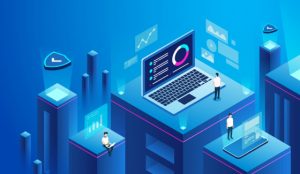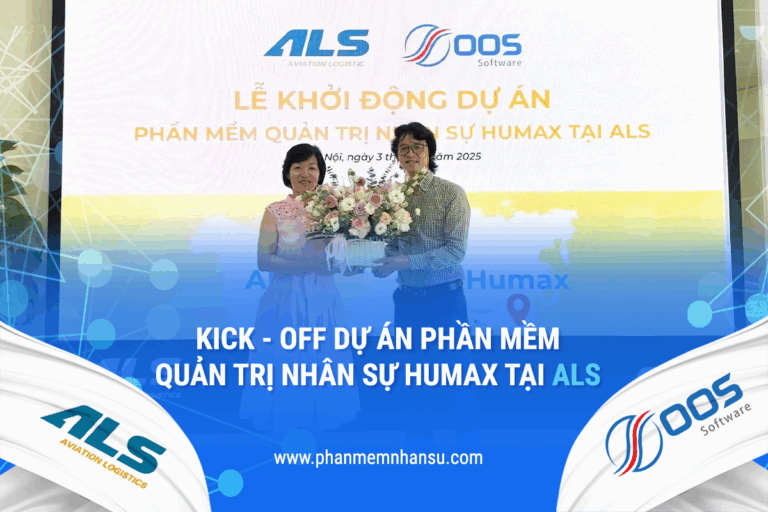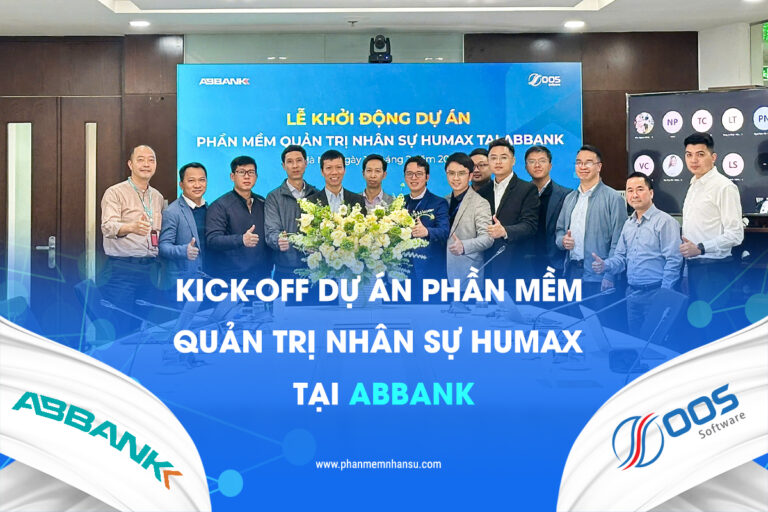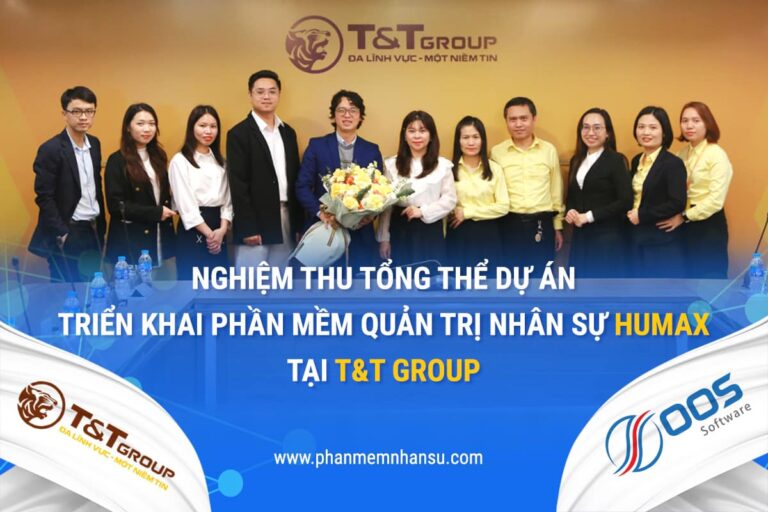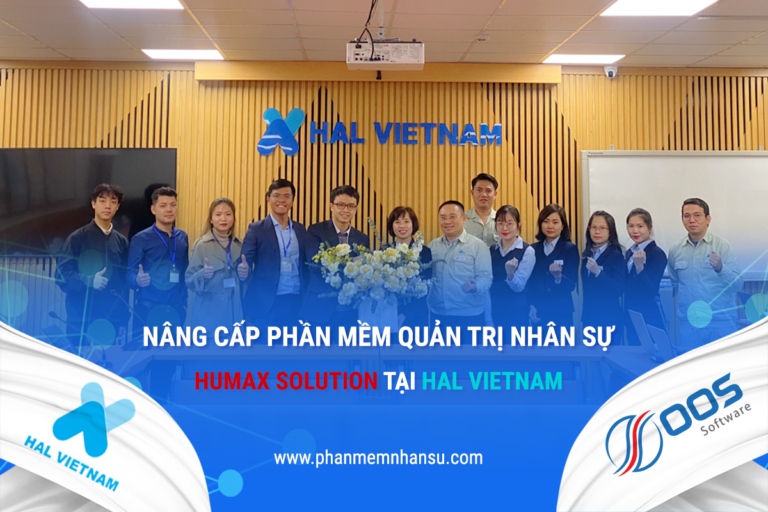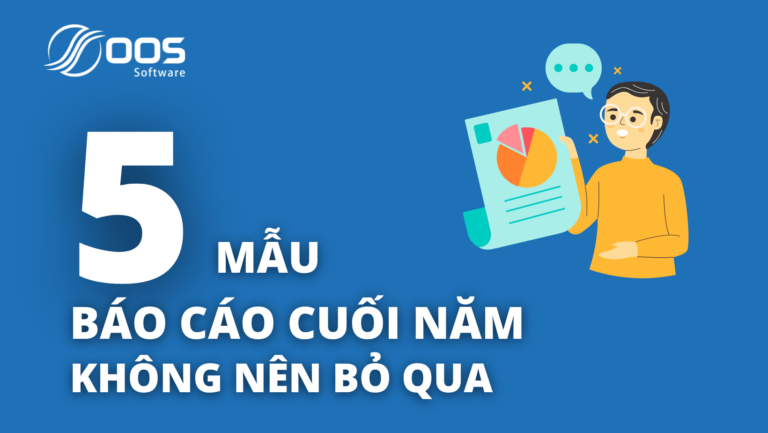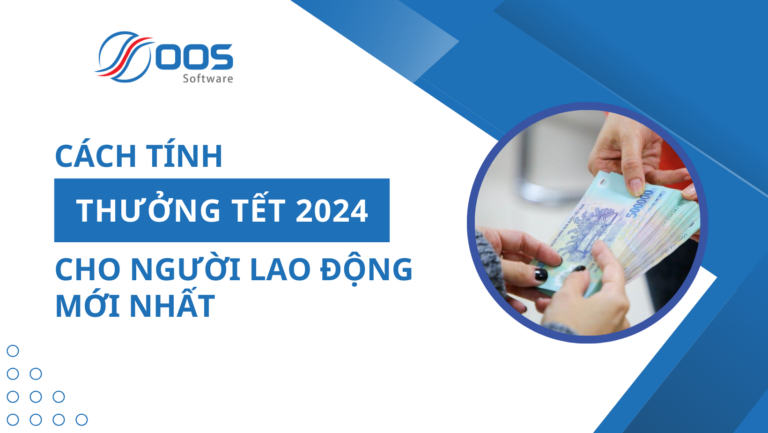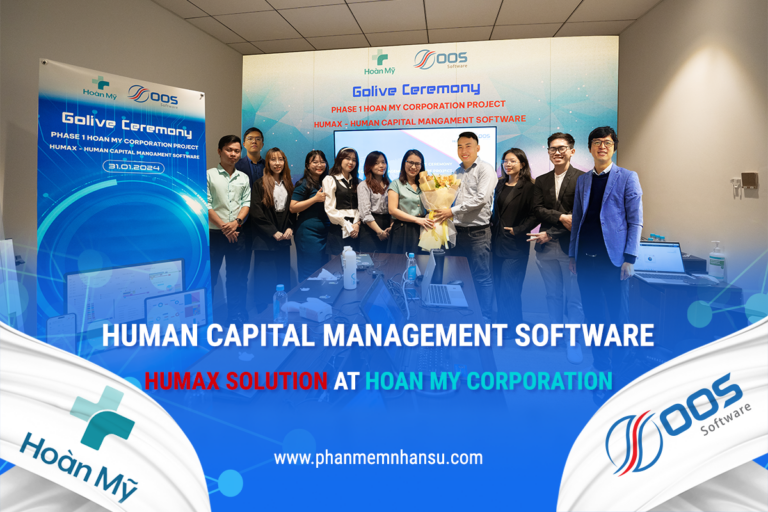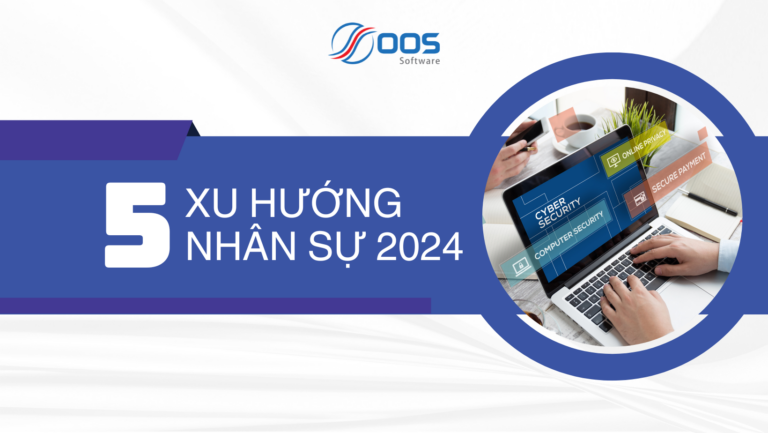The year 2020 ushers in a new era of technology trends, in terms of artificial intelligence, Cloud computing, magnetic computing, etc., gradually asserting its position in technology and human intelligence.
1. Artificial Intelligence (Al)
Artificial intelligence (AI) technology may not take away many jobs, but it will certainly change the way we work.
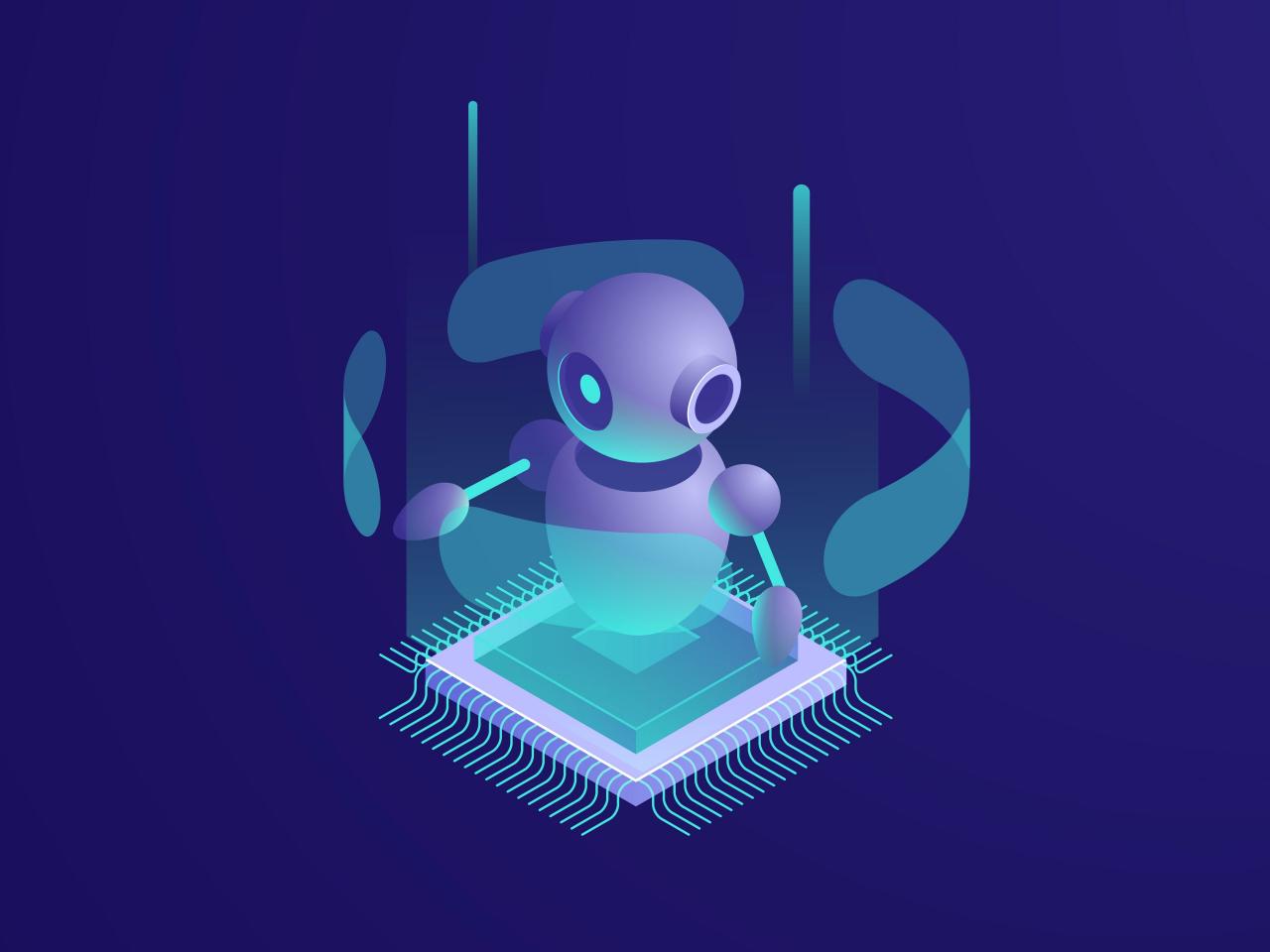
Current studies on the future of work by the MIT-IBM Watson AI Lab have shown that AI will help us even more in tasks that can be automated, especially are jobs that are repetitive and can operate according to a process. However, AI will have little direct effect on jobs that require human skills such as designers, art, or experts in strategy formulation for businesses and industries.
Employees will benefit from AI-powered solutions that bring higher values. In addition, employees need to add new skills to meet career advancement as well as to perform jobs with more sophisticated requirements. This will be a challenge for both employees and employers.
Governments will also need to devote more resources to supporting training and education in the private sector, and possibly tweaking tax policies to allow businesses to support training and retraining.
2. Incremental and agile cloud computing
Cloud computing, the platform that allows applications and data to be used, accessed, and managed anytime, anywhere, has become ubiquitous over the past decade. That's because cloud computing has brought outstanding advantages from scalability, resiliency and cost savings compared to traditional computing models based mainly on costly hardware infrastructure. located in centralized enterprise data centers.
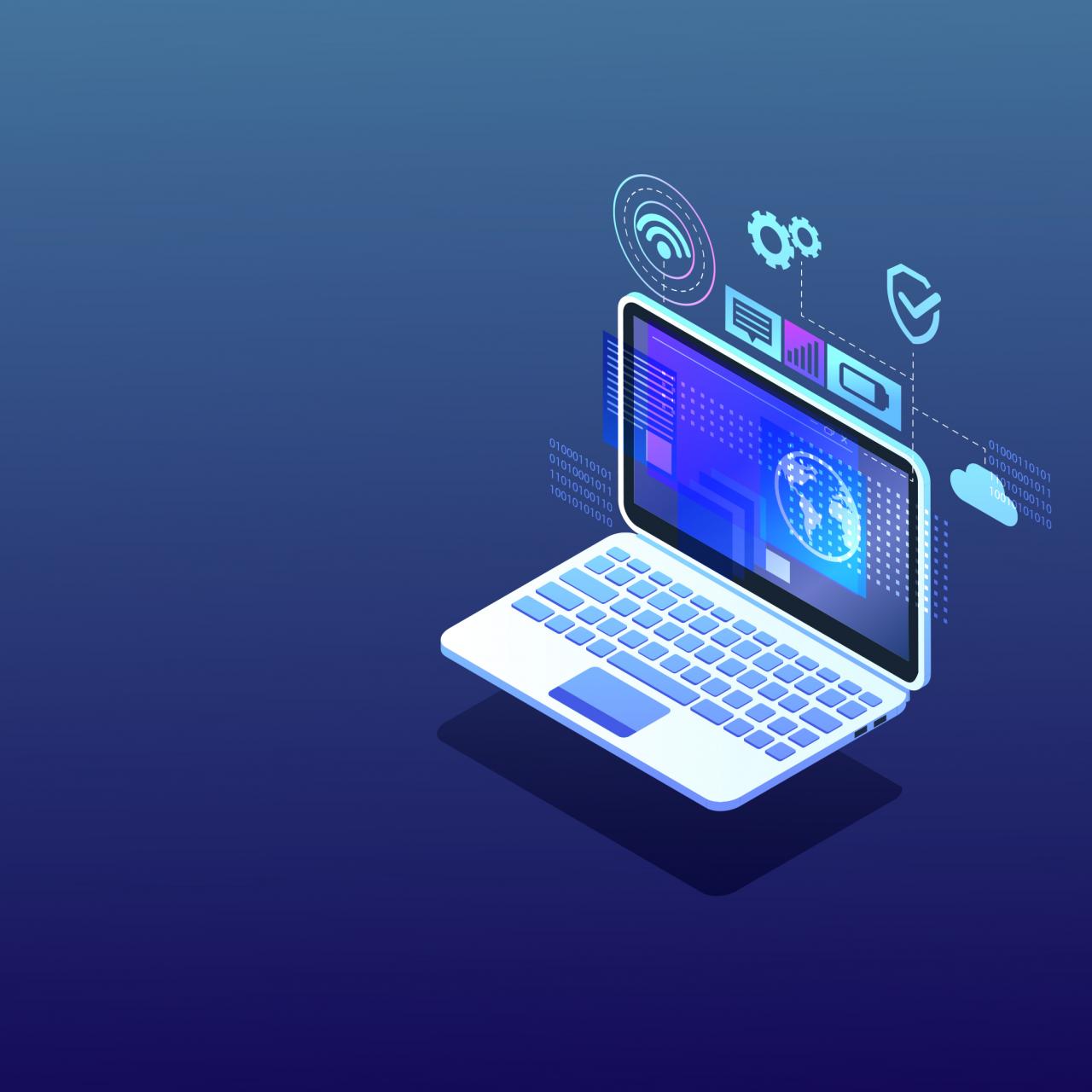
However, many organizations soon find that bringing all of their business data onto a single cloud service provider's platform is often not feasible. There are simply too many technically and geographically disparate data systems to combine. And so, recently, large organizations are adopting a hybrid multi-cloud approach – a blend of public clouds, private clouds, and on-premises resources from different vendors. This allows businesses to use the best solution for their tasks while avoiding being dependent on any one supplier. This hybrid multi-cloud approach has become a viable way forward for enterprises, especially as public cloud services in hybrid environments have proven capable of supporting security, protection and protection needs. data and strictly comply with the requirements of the business.
While hybrid cloud computing offers maximum flexibility, it only works if it is based on open standards so that software developers can build an application once and run it anywhere.
Currently, the superiority of hybrid cloud computing has been widely recognized, in 2020, the hybrid cloud will go mainstream, creating a premise for establishing a model for the application and processing of data by cloud computing. business and will continue to grow over the next decade. Hybrid cloud will create a $1.2 trillion market opportunity and nearly 80% IT decision makers will adopt hybrid cloud in the future, analysts assess.
3. Quantum computing is gradually being put into practice
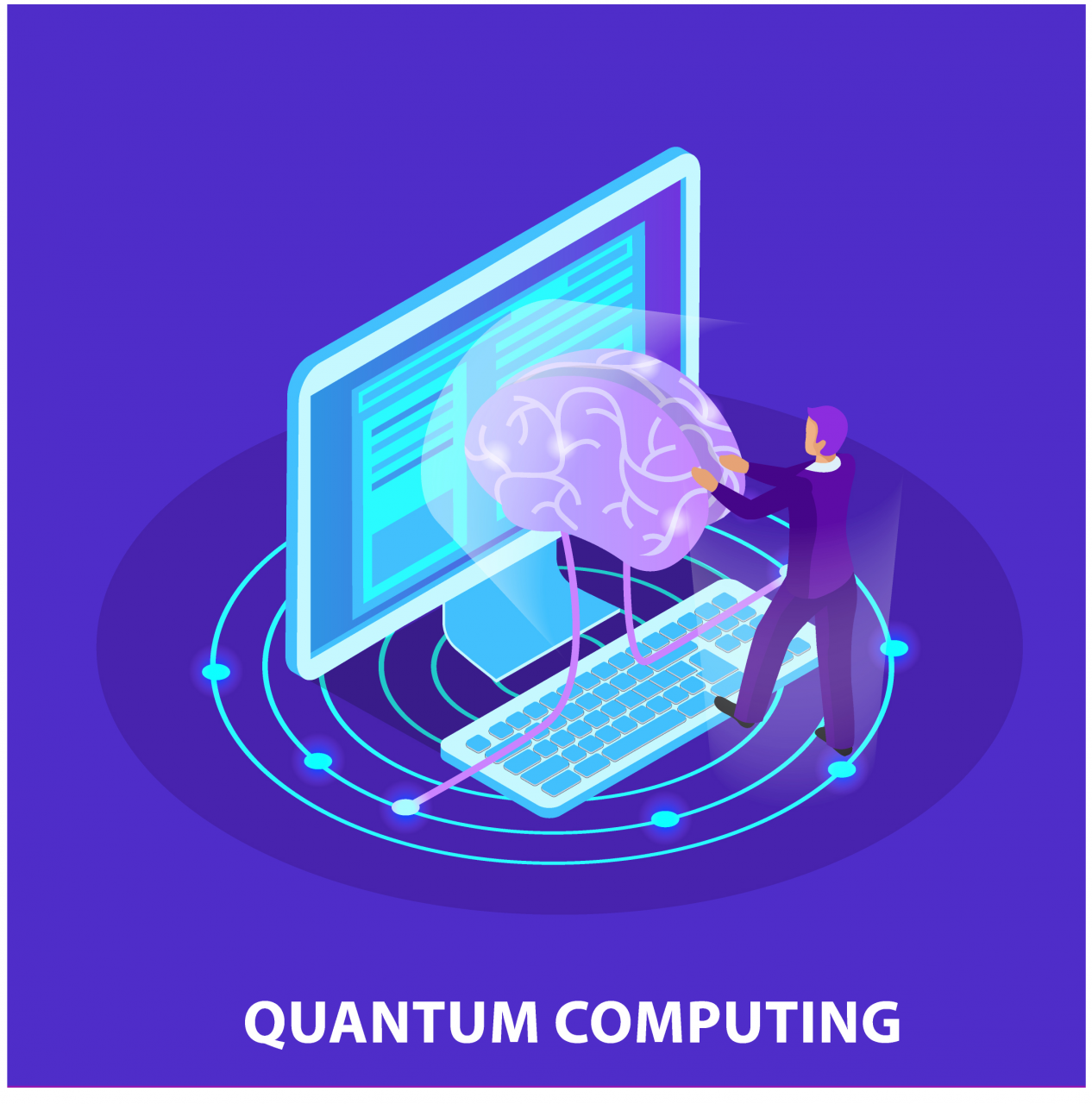
It is still in the infancy of one of the most promising technologies of the future – Quantum Computing. However, in the next decade, quantum computing will move beyond the scope of theory to enter the world of practical experiences and applications. Since the first quantum computer went to the cloud in 2016, IBM has focused on improving the availability of this technology, setting the stage for its use in a wide variety of industries, schools, and industries. universities, research institutes, and anyone inspired by the potential of quantum computing.
4. Blockchain has become familiar as a basic business
In 2019, blockchain has shown to be one of the main technology trends to be researched and applied to businesses. Next year, “Digital Ledger” technology will continue to grow and expand to become the means by which businesses can trust and verify every transaction, even when dealing with the largest supply chain in the world. .

IBM Food Trust is the blockchain network being used by retailers such as WalMart, Albertson, and Carrefour. Major food suppliers such as Dole and Raw Seafoods, as well as a range of supply chain partners, are also using technology to track sourcing, shipping and delivery. The Food Trust's over 200 powerful apps allow retailers to quickly and accurately track the origin of specific foods in the event of a safety-related recall.
Another example is TradeLens, a blockchain network for the global shipping supply chain, created by AP Moller-Maersk and IBM. TradeLens currently carries data on more than half of the world's ocean freight. As blockchain networks like Food Trust and TradeLens have grown and matured, they have begun to collect millions of data points, which will open up new opportunities for machine learning and AI-based capabilities.
With blockchain becoming a fundamental business platform for more and more industries, the technology focus will shift to interoperability – setting standards for open systems so that existing blockchain networks can communicate and integrate with existing systems and other external blockchain networks. Open standards will play a very important role in accelerating blockchain adoption across industries.
Edge computing – a sharp weapon to power the Internet of Things (IoT)
Today, consumer electronics, cars, electric vehicles, factory equipment and all sorts of digital devices with sensors can collect and generate petabytes of data. Already some 15 billion of these increasingly intelligent devices operate at the edge of compute networks. And this number is expected to reach 55 billion by 2022.
For businesses, the prevalence of such edge devices presents the opportunity for real-time processing capabilities, from being able to precisely control the flow of traffic on the street to controlling it. the performance of a robot in a factory, whether it needs maintenance or repair. Through edge computing devices, analyzed data is generated by sensors by performing computations as close to the data source as possible, rather than sending it all back to the data center over the cloud. cloud.
Over the next decade we will see a breakthrough in edge computing, powered by the telecom industry's 5G technology – a high-speed, low-latency wireless technology that's well-suited to processing needs. close to the source of the edge computer. Compact, efficient servers are located at the edge environments of the telecommunications network to help increase the processing power of the connected network.
Sustainable computing helps AI technologies become “greener” and more environmentally friendly
The network of data centers is the lifeblood of the modern world. People rely on data centers for everything from enterprise computing to social media to streaming their favorite movies or televising football matches.
Data centers also consume huge amounts of electricity, accounting for 2% of the world's energy usage. With the growing demand for cloud computing and data-intensive AI applications, large data centers containing servers consume even more power. AI workloads are on track to double every three to four months.
To support AI and cloud workloads and reduce the carbon footprint of supercomputing systems, technology firms in 2020 will actively innovate to deliver computing models that use energy. quantity in a more sustainable way. And instead of relying largely on renewable sources of electricity, these new technologies will make data processing more energy efficient.
According to Forbes
